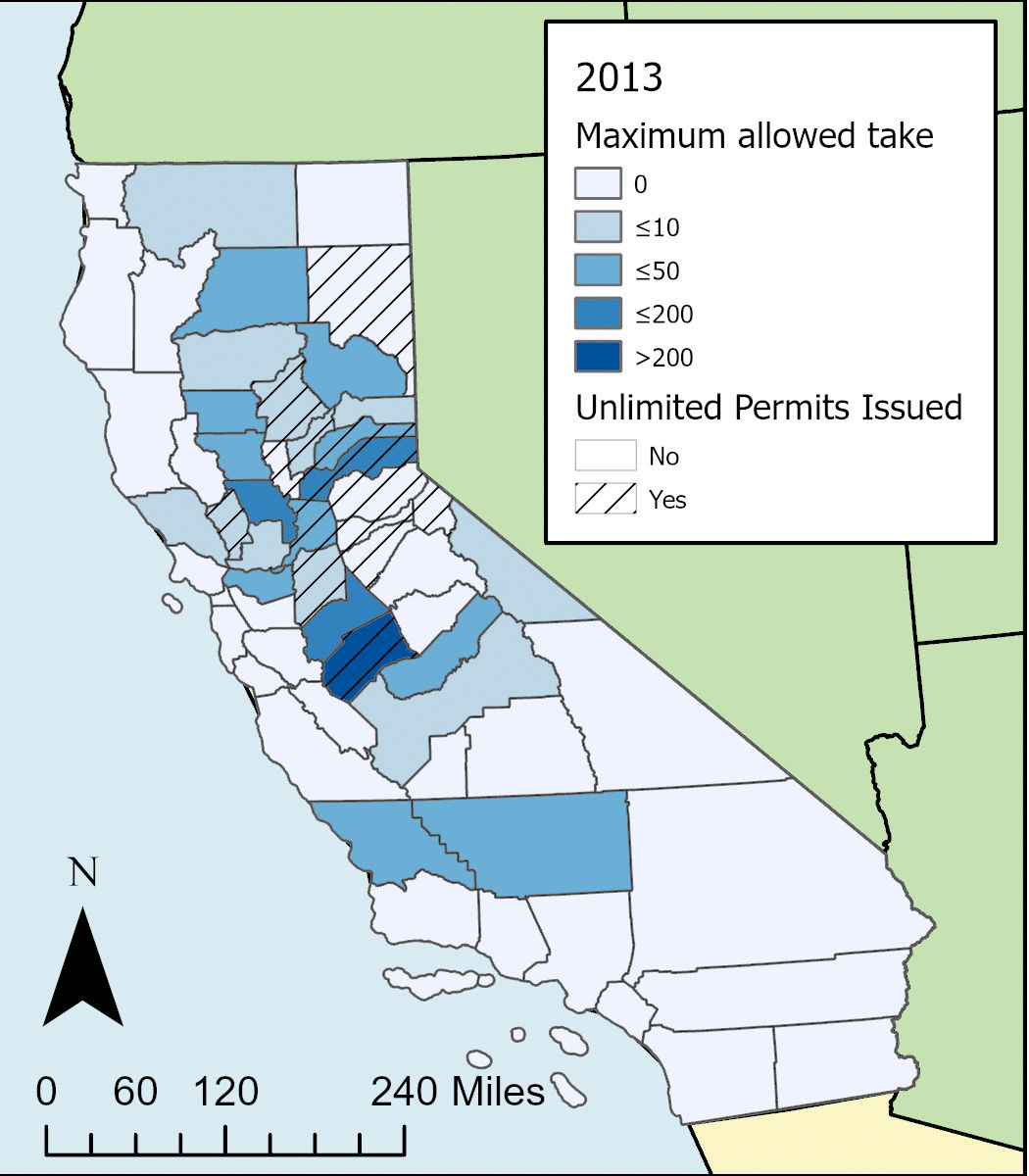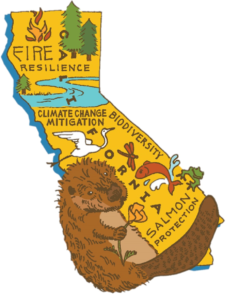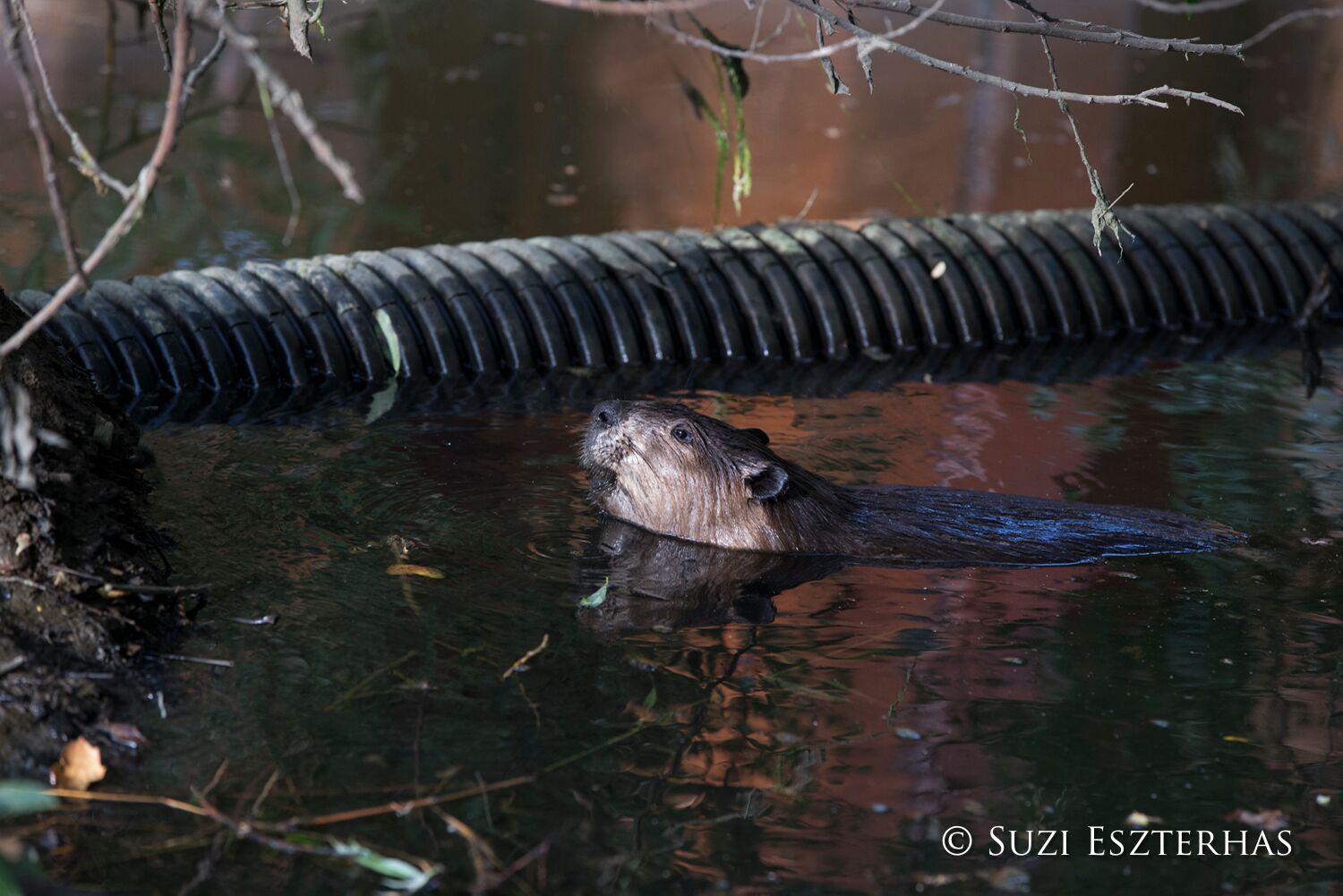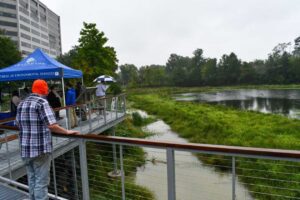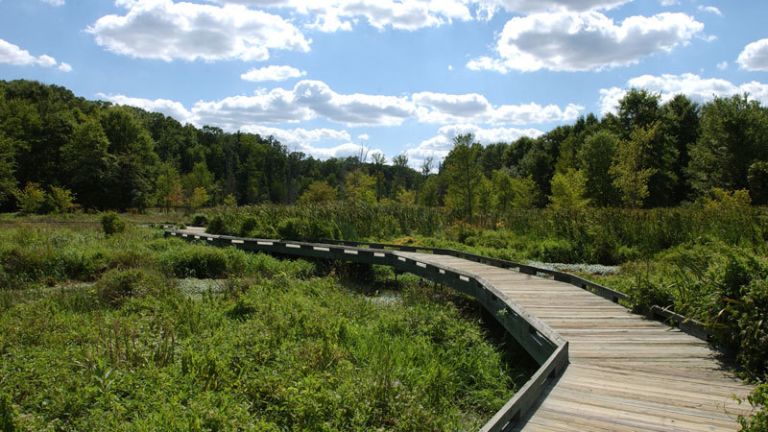Over the ,many years we could always rely on Wildlife Defenders for some good beaver reporting…they do not disappoint.
 Beavers Can Help Aid Water and Wildlife Woes
Beavers Can Help Aid Water and Wildlife Woes
Defenders of Wildlife and partners are undertaking a nearly 30-mile restoration project in two major tributaries of the Rio Grande to increase water flow for both wildlife and people in northern New Mexico.
From Truchas Peak, New Mexico’s second highest mountain, the Rio Quemado runs to meet the Santa Cruz River, which then feeds into the Rio Grande. Excess flow from both rivers is captured and stored by every wetland, woodland and forest ecosystem, which is critical to survival in this arid state.
However, following the near extirpation of beavers in the state in the 1800s, rivers in New Mexico are struggling to retain moisture during dry seasons.
“Beavers are coming back to their natural habitat, and now we need to make space for their return,” said Peggy Darr, the New Mexico representative for Defenders of Wildlife. “If we do that, communities who depend on the Rio Grande and its tributaries will benefit from stable, abundant water supplies, fire hazard reduction, protection from flash flooding and increased wildlife viewing opportunities.”
Make way for beavers! Welcome back to where you belong!
Using beaver dam analogs and other low-tech, process-based restoration techniques, Defenders plans to aid beaver recolonization of historic habitat in northern New Mexico. These actions will recharge aquifers and ultimately reduce flash flooding and fire hazard threats that prevail in the area.
“Large native populations of beavers once helped the Rio Grande and its tributaries flow at higher levels year-round,” Darr said. “Now, climate change is altering precipitation patterns in New Mexico’s mountains, threatening to leave rivers dry when water is most needed. Beaver dams increase water availability which is why we must restore and protect beavers and their river habitats.”
In 2019, Defenders’ New Mexico beaver coexistence efforts began in Santa Fe County several years ago and have grown thanks to an awarded grant from the World Wildlife Fund, as well as important contributions from the Carroll Petrie Foundation and individual donors.
These funds will expand beaver coexistence and habitat restoration work to the Santa Cruz River (12.17 miles) and the Rio Quemado (15.4 miles). This restoration expansion will benefit communities on the Rio Quemado, Santa Cruz River and the Rio Grande, and will provide other positive impacts including:
Any state that care about water should care about beavers.
- Increased ecosystem biodiversity – Freshwater shapes the unique landscape and habitats in New Mexico. These waterways provide animals such as the Rio Grande Chub, Rio Grande Sucker, and Southwestern Willow Flycatcher with clean, fresh water, breeding habitats, increased food availability, migratory pathways and more.
- Traditions and culture preservation – The Rio Quemado, Santa Cruz River and Rio Grande have long served New Mexican communities, including traditional Hispanic acequia farming villages and the Santa Clara Pueblo, both of which are underserved communities struggling with water shortage.
As part of this restoration project, Defenders will offer farmer assistance to maintain crop yields while also conserving precious water resources.
Biodiversity matters. Ecosystems matter. Coexistence matters.
Early success with beaver coexistence was achieved in partnership at Santa Fe County’s Los Potreros Open Space, at the confluence of the Rio Quemado and Santa Cruz Rivers, in Chimayo, New Mexico.
“Thanks to restoration work, the Rio Quemado in the Los Potreros Open  Space now sustains a beaver colony that prevents it from drying out in the late spring and early summer,” Darr added. “This is an excellent illustration of the benefit of restoration efforts and how beaver coexistence can improve living conditions for both wildlife and humans.”
Space now sustains a beaver colony that prevents it from drying out in the late spring and early summer,” Darr added. “This is an excellent illustration of the benefit of restoration efforts and how beaver coexistence can improve living conditions for both wildlife and humans.”
Other wildlife that have been absent from the open space for years, such as fireflies, have also returned. The open space will soon be used as a publicly accessible demonstration site for successful beaver coexistence.
Fireflies! Fireflies! Do beavers help fireflies? I want someone to prove that they d0 because that is just magical and would make a great children’s story.


